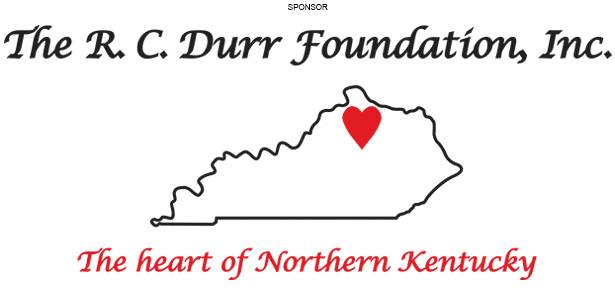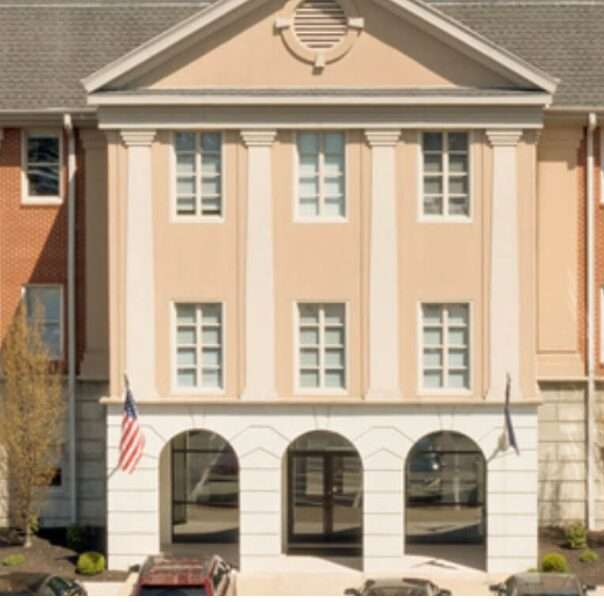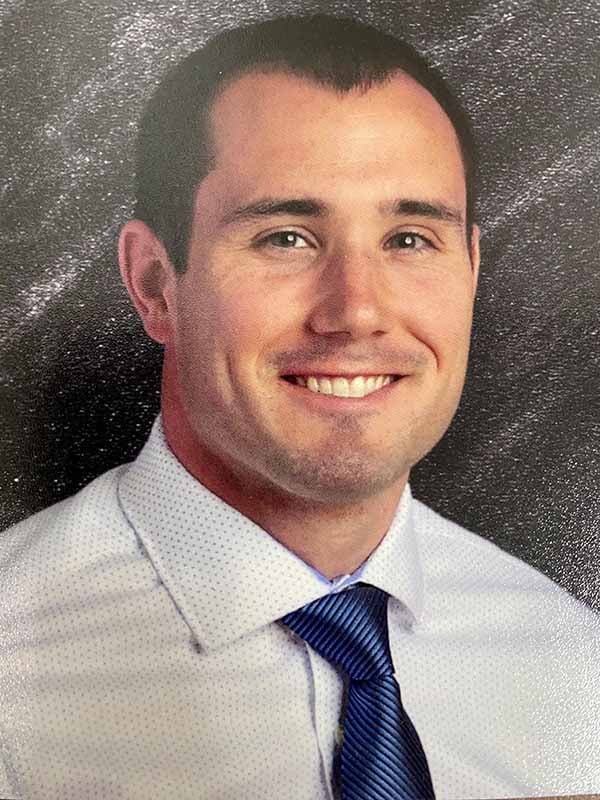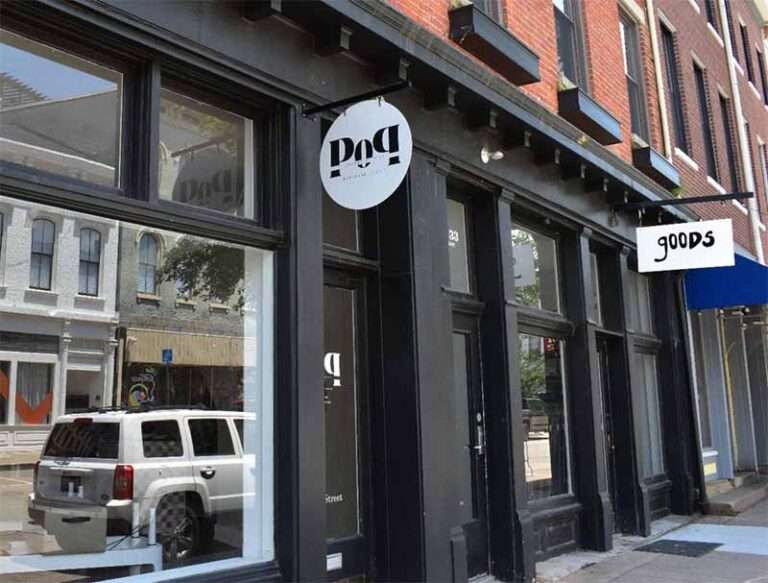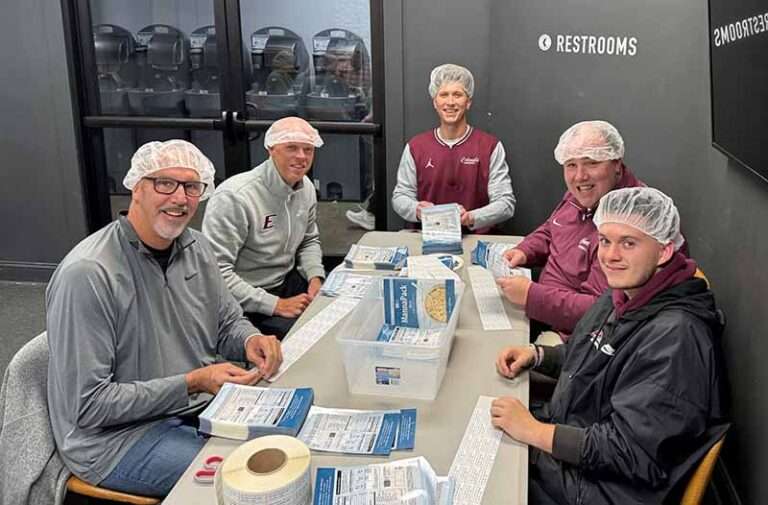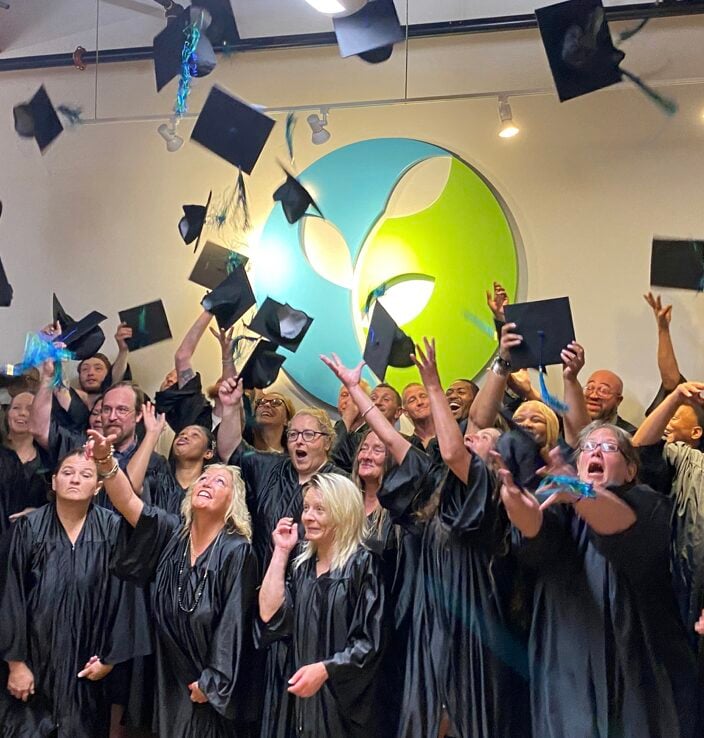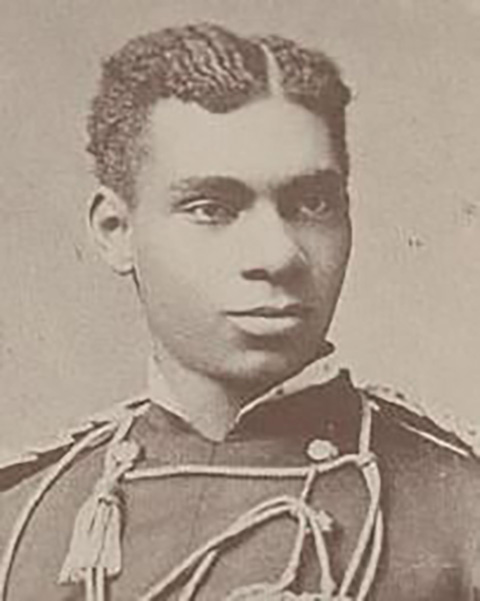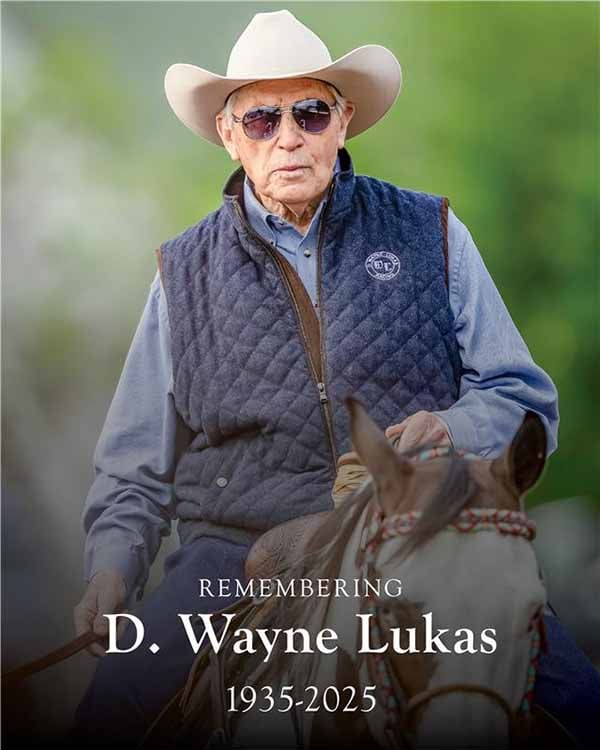By Paul A. Tenkotte, Ph.D.
Special to NKyTribune
On Monday, August 6, 1945, the United States’ B-29 Superfortress bomber Enola Gay dropped a 10,000-pound uranium nuclear weapon on the city of Hiroshima, Japan. It was the first time in human history that a nuclear bomb was used in warfare. No one knows the exact immediate death toll but estimates of 90,000 people died “immediately of shortly afterward” (Kenneth Henshall, A History of Japan: From Stone Age to Superpower, 3rd ed. 2012, p. 137). Three days later, on August 9th, the B-29 Bockscar dropped a plutonium nuclear bomb on Nagasaki, Japan. About 50,000 people died “immediately or shortly afterward, and more than 30,000 in later years” (Henshall, 137).
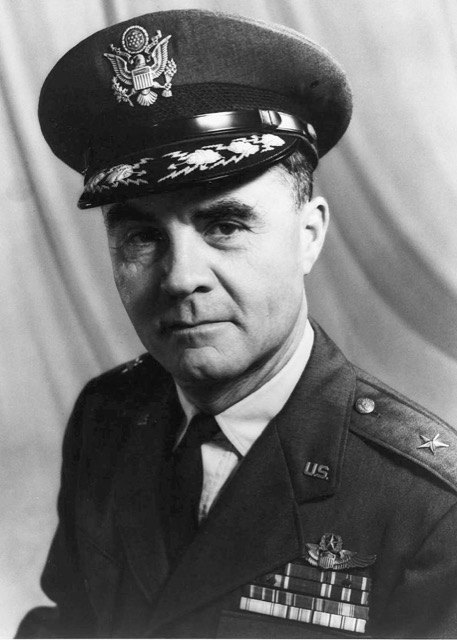
The pilot of the Enola Gay was then-Colonel Paul Tibbets (1915–2007). Born in Quincy, Illinois, Tibbets studied medicine at the University of Cincinnati for a year and a half before deciding to pursue aviation instead. In 1937, at Fort Thomas Military Reservation in Northern Kentucky, Tibbets enlisted in the armed forces. Accepted into the Aviation Cadet Training Program, his career path led him to Hiroshima that fateful day.
On a fellowship tour of Japan in summer 1991, I and a few of my colleagues made a special side trip to the Hiroshima Peace Memorial Park. There, I was struck by a granite rock inscribed with the words of Pope John Paul II, who visited there ten years earlier. “To remember the past is to commit oneself to the future,” the Pope observed. Similarly, I tell my students, “Studying history is sometimes difficult and unpleasant, but it is much better than the alternative. In fact, ignoring, forgetting or altering history results in humans repeating deadly mistakes from the past.”
While the basic facts about Hiroshima and Nagasaki are known to many people, far fewer realize that Americans and other nationalities also died in the bombings of August 6th and 9th. The dead — and atomic survivors — included American POWs (prisoners of war), thousands of Koreans, and thousands of Japanese Americans, some of whom were children visiting grandparents and relatives at the time of the war’s outbreak.
You won’t find the stories of Americans wounded or killed at Hiroshima and Nagasaki in the daily American newspapers of the time period. In fact, the US Army kept a tight lid on such information. Were it not for the persistent and heroic efforts of a Japanese historian, the unspoken dead might have been lost to history.
Shigeaki Mori was born in Hiroshima, Japan. On that fateful day in August 1945, he was only eight years old. Walking to school with a friend when the bomb hit, he and his companion were thrown off a bridge by the blast into a river. Mori survived, but his friend did not. For Mori’s own graphic account of the Hiroshima blast, see: Hibiki Yamaguchi, “US Prisoners of War in Hiroshima: A 40-Year Investigative Journey of a Japanese Atomic-Bomb Survivor,” Journal for Peace and Nuclear Disarmament, Vol. 2, 2019, Issue 1.
Surviving both the blast and its radioactive aftermath, Mori searched for decades to uncover the names of American POWs killed by the Hiroshima bombing. His efforts led to a memorial to the twelve American POW victims at the Hiroshima Peace Memorial Park. On May 27, 2016, Mori met President Barack Obama at Hiroshima. The occasion marked the first time that a US president had visited that city since the bombing. Mori documented his lifelong efforts in a book entitled, The Secret History of the American POWs Killed by the Atomic Bomb, available at hiroshima-pows.org. In addition, the story of Mori’s quest is told in a documentary entitled Paper Lanterns (2016).
See: “How a Hiroshima survivor helped remember 12 U.S. POWs killed by bomb,” PBS NewsHour, May 27, 2016, https://www.pbs.org/newshour/show/how-a-hiroshima-survivor-helped-remember-12-u-s-pows-killed-by-bomb
Five of the twelve American POWs killed in Hiroshima were from the Ohio River basin/watershed (the Ohio River and its tributaries). They were:
• Staff Sergeant Ralph J. Neal of Whitley County, Kentucky.
• Staff Sergeant Charles O. Baumgartner of Sebring, Ohio.
• Captain John A. Long, Jr. of Newcastle, Pennsylvania.
• First Lieutenant Joseph E. Dubinsky of Washington, Pennsylvania.
• Lieutenant Raymond Porter of Butler, Pennsylvania.
In Nagasaki, there was a major POW camp, which because of its location in an outlying area, was not directly hit by the blast. Many Allied POWS, especially Dutch and British, were incarcerated there. As Japan’s most international city at the time, Nagasaki was also home to many other foreigners as well. See: Yuichiro Yoneda, “Cenotaph tribute to POWs killed in A-bombing of Nagasaki,” The Asahi Shimbun, May 5, 2021,

There were also thousands of Japanese Americans who were literally stranded in Japan when war with the United States erupted. The exact number may never be known but as many as 11,000 were in Hiroshima alone in August 1945. Many of these atomic victims and survivors (hibakusha) were young, namely the so-called Issei, first-generation Japanese Americans and Nisei, second-generation Japanese Americans. These young people were sent to visit grandparents and relatives, and even to attend school long-term in Japan, with the specific hope that they would be exposed to the Japanese language and culture. As many as 3,000 Japanese Americans returned to the US after the war, but faced continuing health and other problems, including difficulties in reacclimating to the English language and to American life, and to obtaining adequate healthcare. See: “Thousands of Japanese Americans Were in Hiroshima and Nagasaki in 1945. The US Government Still Won’t Recognize Them,” Denshō, August 4, 2021,
Thousands of Koreans and Chinese were also victims of the atomic blasts at Hiroshima and Nagasaki. According to scholar Kurt W. Tong, “Over 400,000 people — Japanese, Koreans, Chinese, and a handful of American prisoners — were directly or indirectly exposed to the blast and radioactive effects of the atomic explosion at Hiroshima on 6 August.” “Estimates of Korean hibakusha… range from 48,000 to 50,000, including about 30,000 who died immediately or within the following year, and about 20,000 who survived.” The Nagasaki bombing left at least 10,000 Koreans dead, and the remainder as hibakusha. (See: Kurt W. Tong, “Korea’s forgotten atomic bomb victims,” Bulletin of Concerned Asian Scholars, Vol. 23, No. 1, 1991, pp. 31-32.)
The past of Hiroshima and Nagasaki has undoubtedly cast a long shadow of remembrance. Five of my uncles served heroically in World War II. They were among the sixteen million American veterans of that conflict, over 400,000 of whom died. And while no one knows the exact number of World War II fatalities, “Modern statistics place the number at around eighty million dead worldwide, including both miliary personnel and civilians” (Paul A. Tenkotte, United States History Since 1865: Information Literacy and Critical Thinking, Kendall Hunt Publishing, 2022, p. 194). Among those, let us not forget the atomic victims—as well as the survivors—of Hiroshima and Nagasaki.
Paul A. Tenkotte, Ph.D. teaches the History of Japan at Northern Kentucky University, as well as many other courses in Asian, United States, and World history. He is the author of United States History Since 1865: Information Literacy and Critical Thinking, Kendall Hunt Publishing, 2022, among many other books and hundreds of articles.
We want to learn more about the history of your business, church, city, organization, or school. Our Rich History is a proud founder and partner of the ORVILLE (Ohio River Valley Innovation Library and Learning Engagement) Project, accepting articles about the history of innovation in the Ohio River Valley Watershed (including its tributaries). These principally include but are not limited to: Cincinnati (OH) and Northern Kentucky; Ashland, Lexington, Louisville, Maysville, Owensboro and Paducah (KY); Columbus, Dayton, Marietta, Portsmouth, and Steubenville (OH); Evansville, Madison and Indianapolis (IN), Pittsburgh (PA), Charleston, Huntington and Wheeling (WV), Cairo (IL), and Chattanooga, Knoxville, and Nashville (TN). If you would like to share your rich history with others, please contact the editor of “Our Rich History,” at tenkottep@nku.edu.



